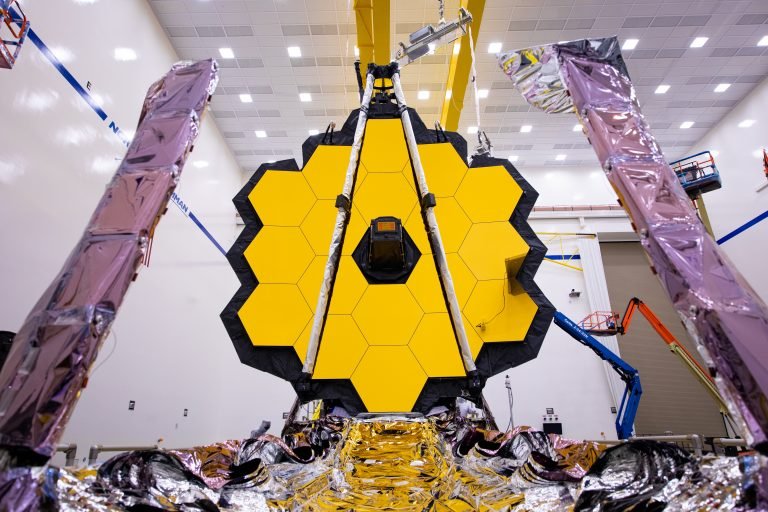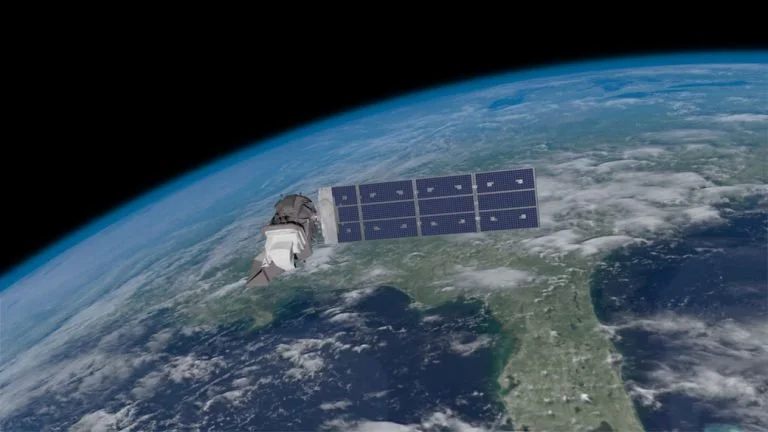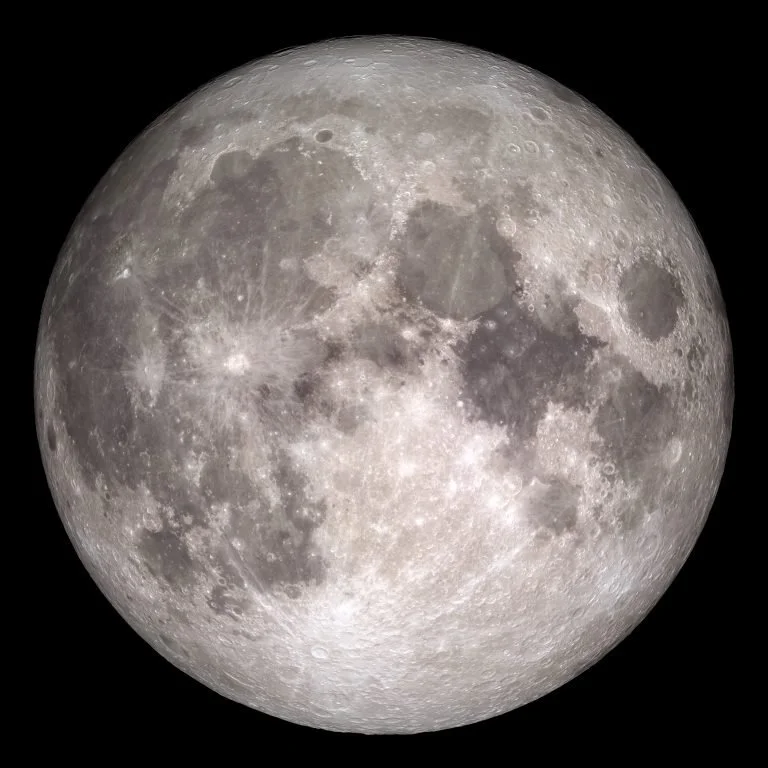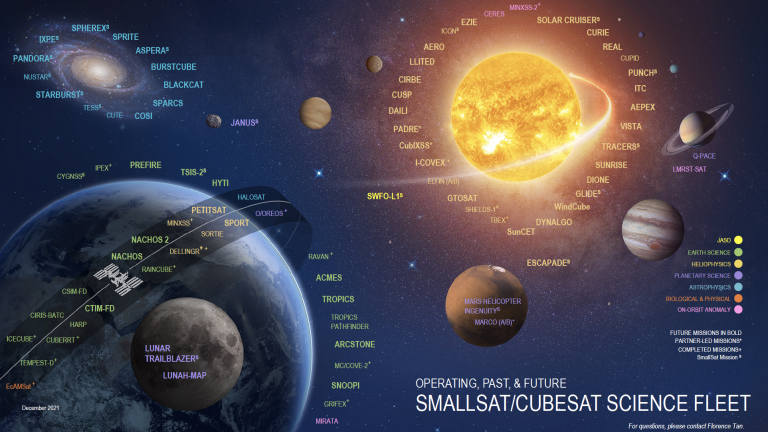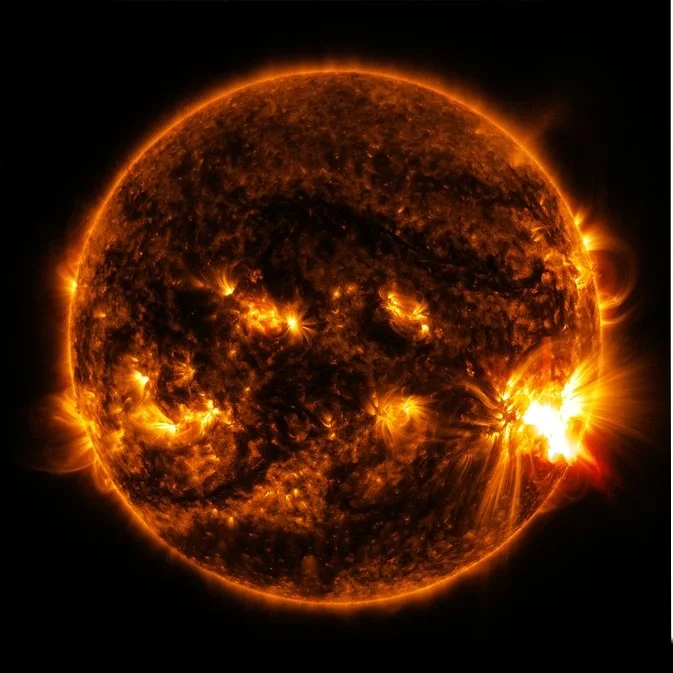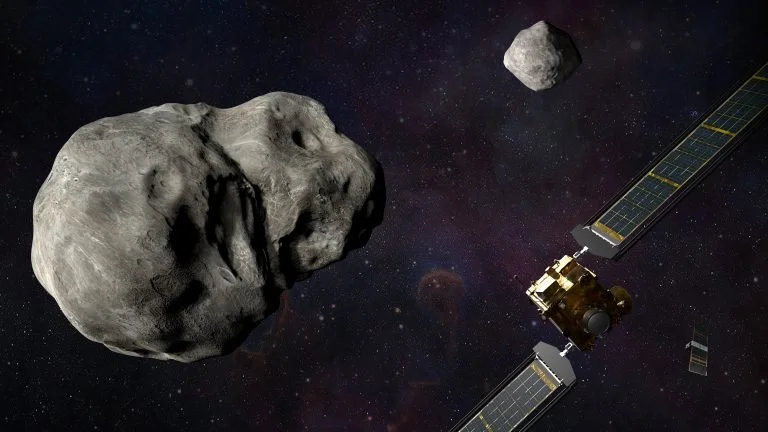10 Things to Look Forward to in Science This Year
Initially posted on https://blogs.nasa.gov/drthomasz/2022/03/01/10-reasons-for-excitement-in-2022/
It is hard to beat the collective achievements of NASA’s science teams, especially over the past year. We’ve landed on Mars, flown the first helicopter beyond our world, launched and deployed the most magnificent science mission ever conceived, observed our home planet, and so much more. Learners of all ages and those looking for hope during a bleak time saw almost unmatched excitement as teams across NASA worked to realize tremendous feats of exploration. These achievements are historic and you may rightly ask:
What is in store during the next year that can match the excitement and attention given during the last 12 months?
This is in the eye of the beholder, but let me tell you my top 10 reasons for excitement in science during the next year.
First science images from Webb
After over 50 years of space-based astrophysics first imagined by Dr. Nancy Grace Roman, we will be able to look at the universe in an entirely new way with NASA’s James Webb Space Telescope.
Cooling down in the shade of the large and complex sunshield, a new generation of space instruments will peer into our celestial history in an entirely new way. I can’t wait to see what we discover!
Celebrating 50 years of Landsat and the start of Landsat Next
It is time to celebrate the progress made during the last 50 years of Landsat. Together with the US Geological Survey (USGS) we have followed our changing planet from space, the only vantage point that sees no borders and sees humanity as one.
Landsat has observed natural disasters and also massive progress. In 2021, USGS has moved the entire Landsat archive into the cloud and has seen more use in 6 months than in the nearly 50 years prior. Landsat Next is a totally different approach to Earth observations, one reflecting technological progress and especially the advancement of an industrial sector not previously seen. Landsat Next will use a multi-spacecraft approach and commercially gathered data to add value to the communities in need of this important data.
The official “go” for the Earth System Observatory and Open Science
Bringing together multiple spacecraft in an entirely new fashion, the Earth System Observatory partnership between NASA and commercial and international entities will revolutionize Earth Science.
In addition to the enhanced instruments, this system of systems is built around a common, cloud-based infrastructure and a focus on Earth action desperately needed. Yes, we want to learn more about our changing planet, but we need to move with urgency towards those who need it most by using an open science paradigm that further eliminates hurdles from our data so that we can have an impact on mitigating Earth’s changing climate.
This year will also see the launch of two significant weather satellites that will continue NASA’s collaboration with the National Oceanic and Atmospheric Administration (NOAA). Like our partnership with USGS, our collaboration with NOAA has lasted more than 5 decades. GOES-T will launch in March 2022 and JPSS-2 is scheduled to launch this September. Not only are these missions essential to NOAA’s role in protecting life and property here on Earth, they also provide a trove of data that are used by the research community.
Going forward to the Moon with commercial providers
Within the next twelve months, we seek to land on the Moon with commercial providers using an approach that is in every way as transformative as the complex sunshield and optics system deployed for Webb.
NASA’s Commercial Lunar Payload Services initiative allows us to leverage the capabilities of industry vendors to quickly deliver scientific instruments and technology demonstrations to the Moon. As part of this initiative, two young companies – Intuitive Machines and Astrobotic – will be among the first to not only enable entirely new science, but also a brand new way to achieve it. This novel approach is a totally creative way to advance lunar exploration. With more and more science and technology demonstrations on the lunar surface, we can help prepare for sustainable astronaut missions through the Artemis Program.
The growing drumbeat of small spacecraft doing big science
Small spacecraft and satellites help NASA advance scientific and human exploration, reduce the cost of new space missions, and expand access to space.
Credits: Janus illustration – Lockheed Martin
Six years ago, NASA Science had 20 SmallSat and CubeSat missions under development and 2 in operation. As of today, we have 54 under development and 16 in operation. This includes many unique and intriguing missions like Janus, which will send a pair of small satellites on the longest deep space journey to date for this class of spacecraft to better understand the evolution of “rubble pile” asteroids. The six CubeSats of the TROPICS mission will study storms and other meteorological events in new detail. These spacecraft will launch on a venture class launch vehicle, an entirely new generation of small launchers that create lower launch costs while also increasing access to space. Also this year, the 8 satellite CYGNSS mission will have its sixth anniversary of studying tropical cyclones. To date, the mission has yielded at least 105 publications in refereed journals and is referenced by over 2,100 scientific publications cataloged online.
Additionally, two NASA Science CubeSats will hitch a ride to space onboard the Space Launch System rocket during the Artemis I launch – CuSP, which will study the dynamic particles and magnetic fields that stream from the Sun and LunaH-Map, which will orbit the Moon and determine the amount of water ice in the permanently shadowed lunar polar craters.
Next generation Heliophysics missions in time to observe and protect from the awakening Sun
A new generation of heliophysics missions has already begun with the launch of the Miniature X-Ray Solar Spectrometer 3 or MinXSS-3 on February 13, which will study X-rays coming from solar flares.
This mission is one of 10 CubeSat and instrument missions going into orbit in 2022 that will be aimed at helping scientists understand and, ultimately forecast the vast space weather system around our planet. This new approach to missions related to the Sun integrate data to have a comprehensive look at the impact of space weather on our planet. Currently, the heliophysics division has an astonishing 14 missions under development and 20 missions in operation, all of which are focused on better understanding the impacts of the Sun and solar wind in our solar system and protect our technology from its effects. This fleet of spacecraft is helping us gear up for what is expected to be a more severe solar maximum than the previous one. The combination of a more active solar maximum, the advancement of space technologies, and greater access to space, increases our need to better understand and predict space weather events. A much-enhanced number of government and private sector players are relying on several space assets that is 4-10 times larger than the number during the last solar maximum.
Observing our star up close and in unprecedented detail
These next 12 months will demonstrate the power of three revolutionary and ground-breaking assets whose time has come to shine.
The National Science Foundation’s (NSF) Hawaii-based Daniel K Inoue Solar Telescope, the largest and most powerful solar telescope in the world, has just become operational and will make unprecedented observations of our star. NASA’s Parker Solar Probe will complete its fourteenth perihelion – the location in the elliptical orbit closest to the Sun. The European Space Agency (ESA) led Solar Orbiter Mission will use its recently commissioned advanced sensors to take images of the Sun at distances closer than any other spacecraft. These monumental measurements have been decades in the making and promise to revamp how we think about our star and its interactions with space surrounding it.
The year of the asteroid, take 2
With the launch of NASA’s Psyche Mission in August 2022 and its experimental secondary payload Janus, we will have launched 4 asteroid missions over the past year.
One of them, the Double Asteroid Redirection Test (DART), will intentionally crash into an asteroid on September 26, 2022 as a way to test a technique that could be used to deflect harmful asteroids away from Earth in the future, should one ever be discovered. Later this year, we will also mark 1 year until OSIRIS-REx drops off its precious cargo from asteroid Bennu in September 2023. It is a new and unprecedented time of learning about the history of our solar system. I am looking forward to all that we discover.
A year for teams
Every year in science we focus on the incredible teams making the impossible, possible. But in 2022, we are moving the ball towards implementing the most forward-leaning policy changes and habits focused on growing our science community in both size and diversity in all dimensions. We will launch the NASA Science Bridge Program, a signature initiative designed to advance our Diversity, Equity, Inclusion and Accessibility (DEIA) goals by creating research partnerships between Primarily Undergraduate and Minority Serving Institutions, high research activity institutions and NASA Centers. We are expanding what we want to see in proposals by asking for thoughtful and intentional diversity and inclusion plans that will then be evaluated. Our successful inclusion plan pilot program started last year with three programs. In ROSES-2022 ten program elements will require inclusion plans. These plans will be evaluated but will not factor into the proposal grades or selection decisions. For more information see Section IV(e)ii of the ROSES-22 Summary of Solicitation and the Astrophysics Division Inclusion Plan Pilot Program Report. We want to make sure inclusion is indeed not just a word for any of our teams but a value by which we live. We cannot be the best community if we keep out some of the best or systematically silence them.
A year for science inspiration
Together with all of our mission teams, our cross-agency, international and commercial partners we want to double down on everything we do to share our science to inspire hope for a weary world. In social media, we already aligned our accounts, reduced them by 2/3 and doubled our followership! Now, our attention is to modernize our web-presence for NASA’s Science-funded website to engage the public. Our goal is to build the most effective, next generation science website for audiences to experience science discoveries in and from space. I am optimistic that pandemic restrictions will improve, so for upcoming launches, we will work with our STEM programs and commercial partners to bring more US-based youth to our launches. And we will continue to focus on our internships around the agency.
I am so excited for all that 2022 holds and I hope you will join us on this journey of exploration. To learn more and to stay updated on all things NASA Science, visit: https://science.nasa.gov/

